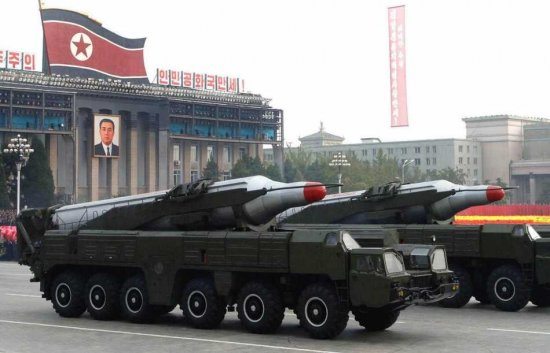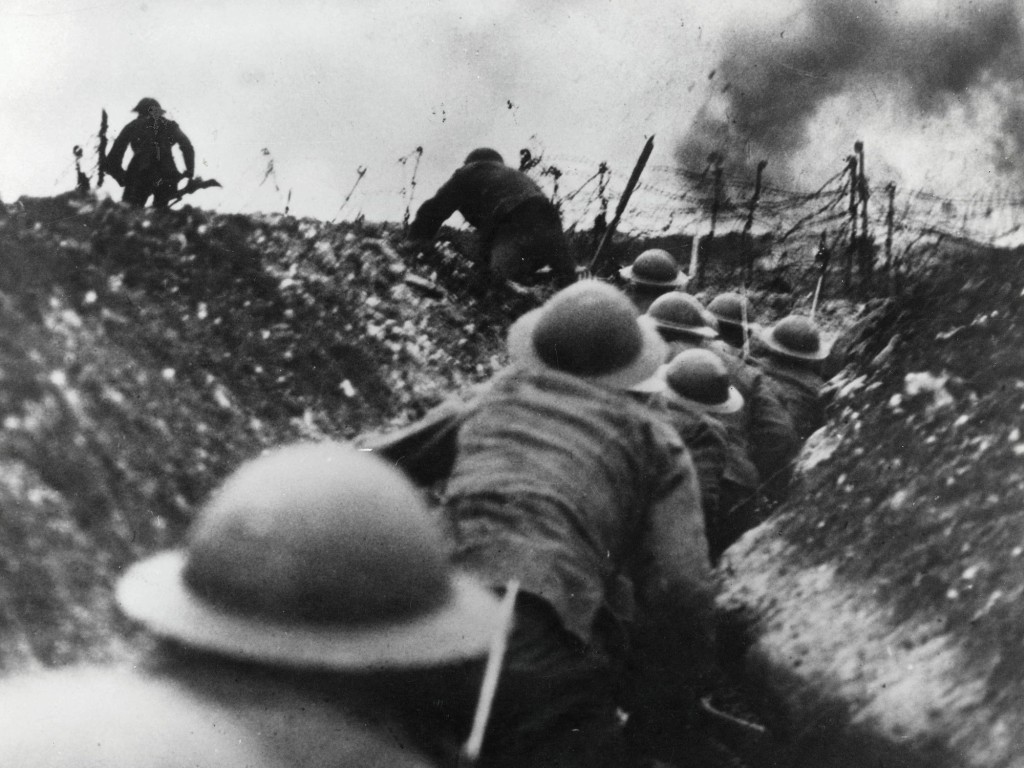Recent satellite imagery suggests North Korea has stepped up excavation work at its main nuclear test site, but there are no signs of an imminent test, a US think-tank said Friday.
The images indicate a “significant acceleration in excavation activity” at the remote Punggye-ri test site in the northeast, said the closely-followed 38 North website of the Johns Hopkins University’s US-Korea Institute.
The debris excavated from a new tunnel at the site appears to have doubled in little over a month since last viewed in December, the institute said.
The purpose of the excavation was unclear, it said, adding that Pyongyang was unlikely to use this tunnel for its next test since two other tunnels at the site already appear complete.
Visible indications of an imminent test — camouflage netting, special vehicles — can usually be detected four to six weeks in advance.
Based on the most recent imagery, “there are no signs that a test is in preparation,” the analysis concluded.
North Korea staged its third — and most powerful — nuclear test in February last year after two previous tests in 2006 and 2009.
Two months later, it boasted that it would restart its five megawatt reactor at its Yongbyon nuclear compound — the source of weapons-grade plutonium for its previous tests.
Pyongyang’s current stockpile of fissile material is variously estimated as being enough for six to 10 bombs.
38 North said in December that satellite images suggested North Korea was following through on “wide-ranging, extensive” efforts to fully reactivate its Yongbyon facilities.











